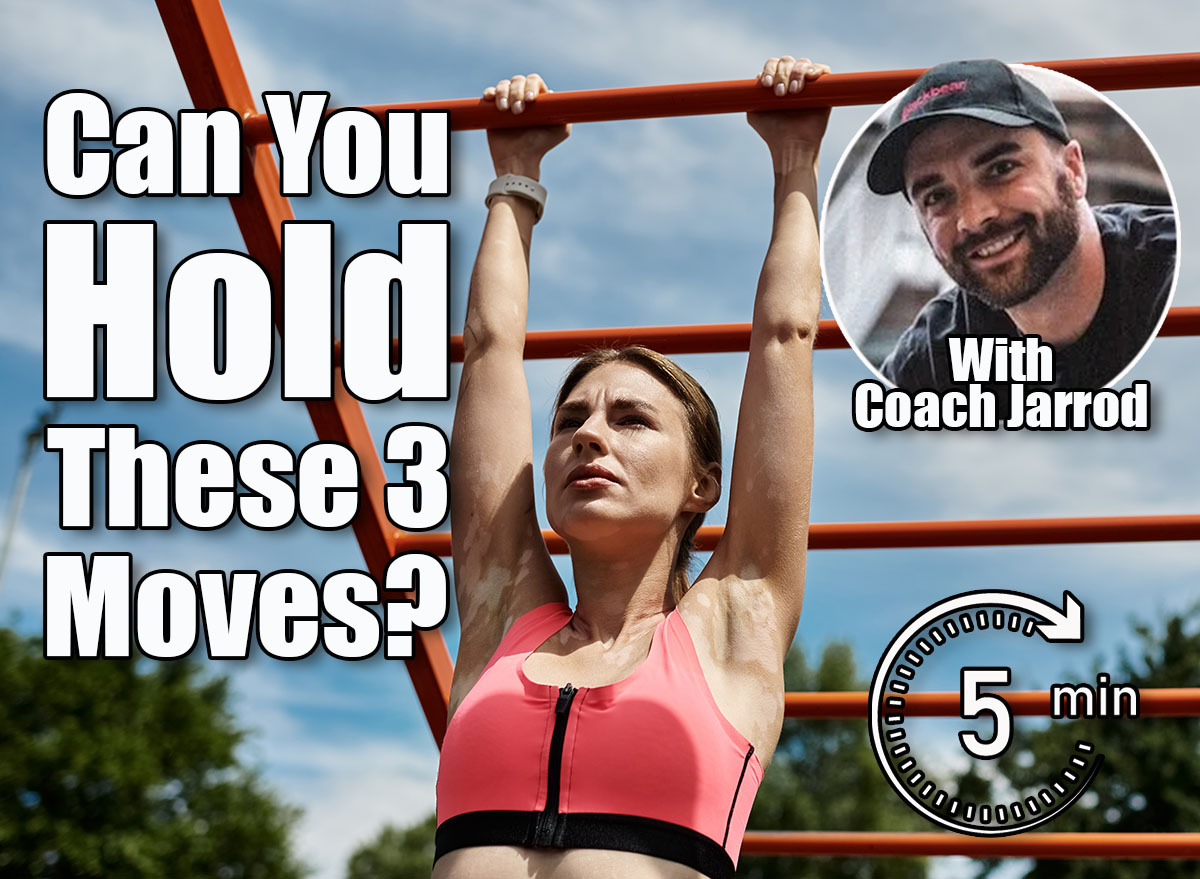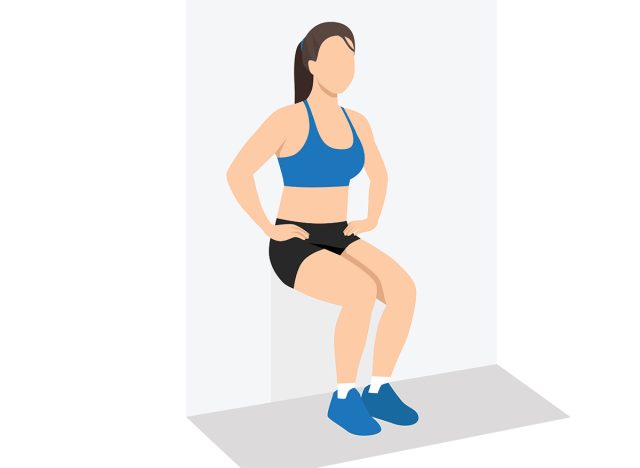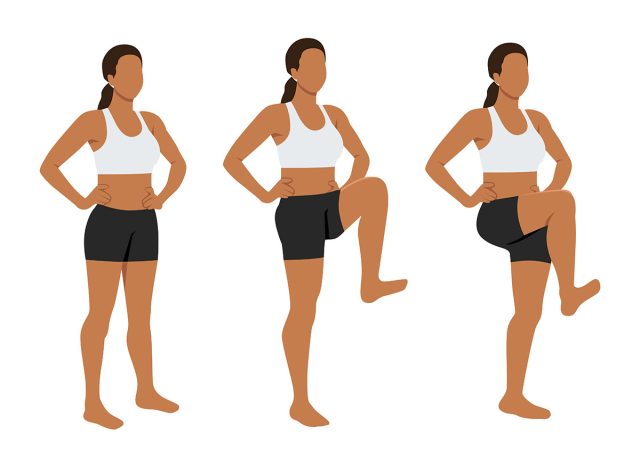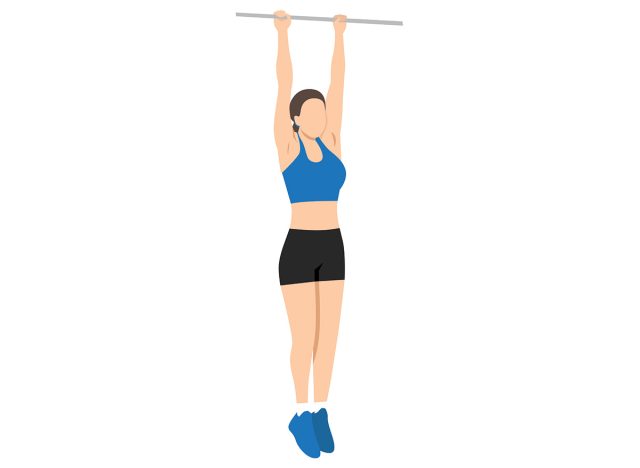If You Can Hold These 3 Positions, Your Body Is Decades Younger

Want to know how young your body feels? Don’t look at your birth certificate—look at how well you move and how strong you feel in key positions. While most workouts focus on reps and sets, holding your body in specific postures can reveal the truth about your mobility, control, and muscular endurance.
These three isometric holds challenge your stability, coordination, and strength all at once. They strip away momentum, forcing you to rely on raw body control and muscle activation. If you can hold all three with clean form, your body is operating like someone 10, 20, even 30 years younger.
Let’s dive into the three positions that act as real-world indicators of youth and strength.
Position #1: Wall Sit for 60 Seconds

The wall sit is a powerful test of lower-body strength and muscular endurance. It simulates a deep squat position without movement, demanding constant tension in your quads, hamstrings, and glutes. It also challenges your mental grit—your legs will start to shake, but the key is holding your position without shifting or rising.
If you can sit deep and hold strong for a full minute, your legs and hips are aging better than most.
Why It Matters: Strong legs are crucial for performing daily tasks such as standing, walking, climbing stairs, and preventing falls. This move demonstrates your lower body’s endurance and stability.
How to Do It:
- Stand with your back against a wall and your feet about two feet in front of you.
- Slide down the wall until your knees are bent at a 90-degree angle and your thighs are parallel to the floor.
- Keep your heels flat and knees stacked over your ankles.
- Press your lower back into the wall and engage your core.
- Hold this position without shifting, rising, or resting your hands on your thighs.
Position #2: Single-Leg Balance Hold (Eyes Closed)

Balance is one of the first physical abilities to decline with age, and one of the most important to maintain. Holding a single-leg stance with your eyes closed removes visual feedback, forcing your body to rely on proprioception and joint stability.
If you can stand on one leg with your eyes closed for 10 to 20 seconds, you’ve got next-level control.
Why It Matters: Maintaining balance helps prevent injuries and keeps your reflexes sharp. It also shows that your hips, ankles, and core are firing together as a unit.
How to Do It:
- Stand tall with your feet hip-width apart and arms relaxed at your sides.
- Shift your weight onto one foot and slowly lift the other foot off the ground.
- Find your balance with your eyes open, then gently close your eyes.
- Keep your standing leg slightly bent and avoid leaning or hopping.
- Hold for up to 20 seconds, then switch legs.
3. Dead Hang from a Pull-Up Bar

Grip strength, shoulder mobility, and core control all play a role in the dead hang. Just hanging from a pull-up bar might sound simple, but it demands full-body coordination. If your shoulders are tight or your grip fades quickly, you’ll feel it right away.
A strong, 30- to 45-second hang shows your body is mobile, resilient, and ready for more advanced strength work.
Why It Matters: Grip strength has been linked to longevity, while shoulder health affects everything from reaching overhead to picking up bags or grandkids. This hold supports both.
How to Do It:
- Grab a pull-up bar with your hands shoulder-width apart and your palms facing forward or neutral.
- Lift your feet off the ground and allow your body to hang freely.
- Keep your arms extended, shoulders slightly engaged, and legs together.
- Avoid swinging or shrugging your shoulders.
- Breathe steadily and aim to hold for 30 to 45 seconds.
Best Tips to Stay Strong and Mobile for Life
Holding these three positions well doesn’t just make you look younger—it means your body is working like it should. To keep progressing and preserve these abilities, use these tried-and-true strategies:
- Strength train two to four times per week with full-body movements
- Incorporate balance and mobility drills into your warm-ups
- Stretch your hips, hamstrings, and shoulders regularly
- Stay consistent with daily walks and low-impact cardio
- Focus on form and control over speed or intensity